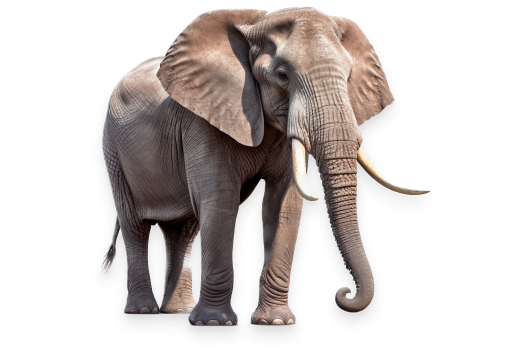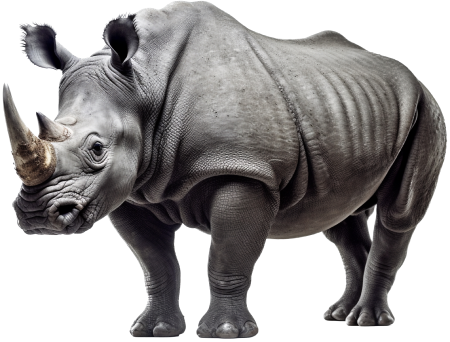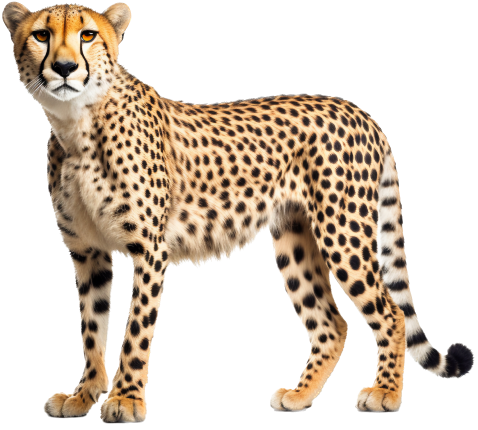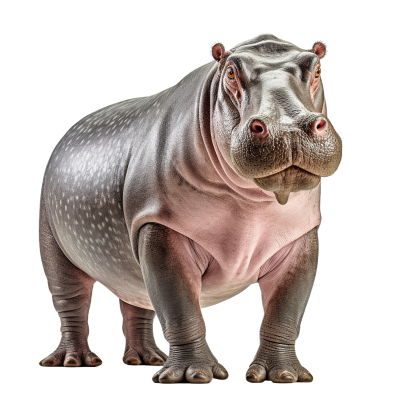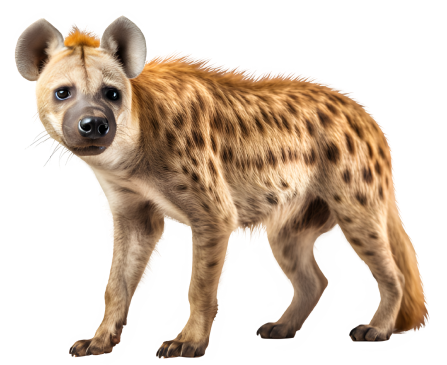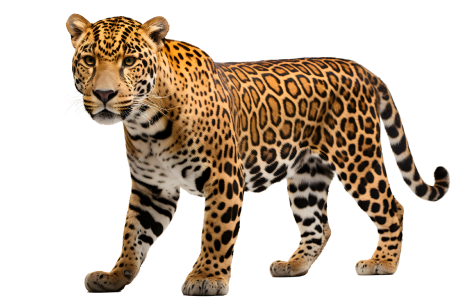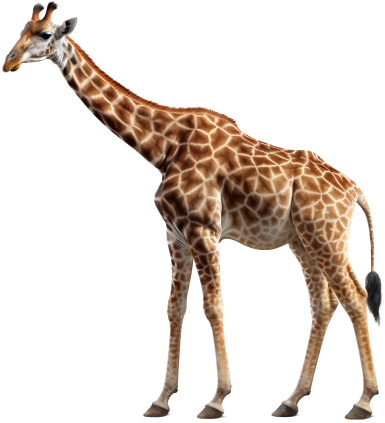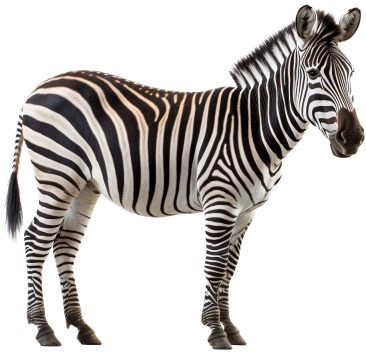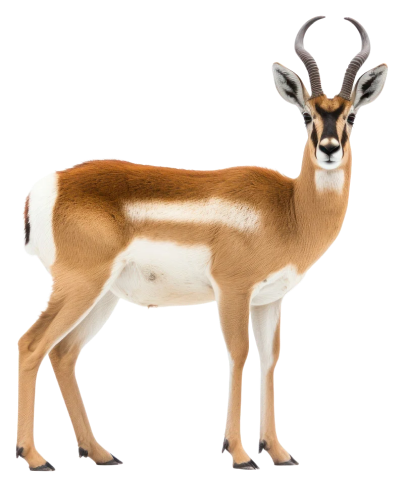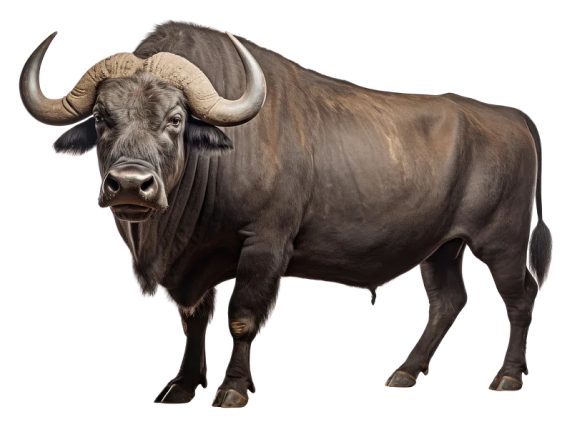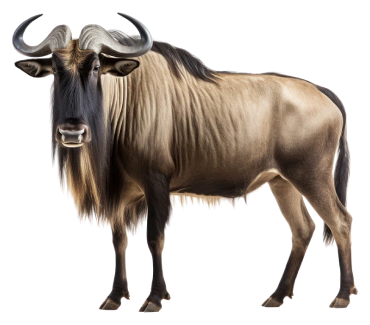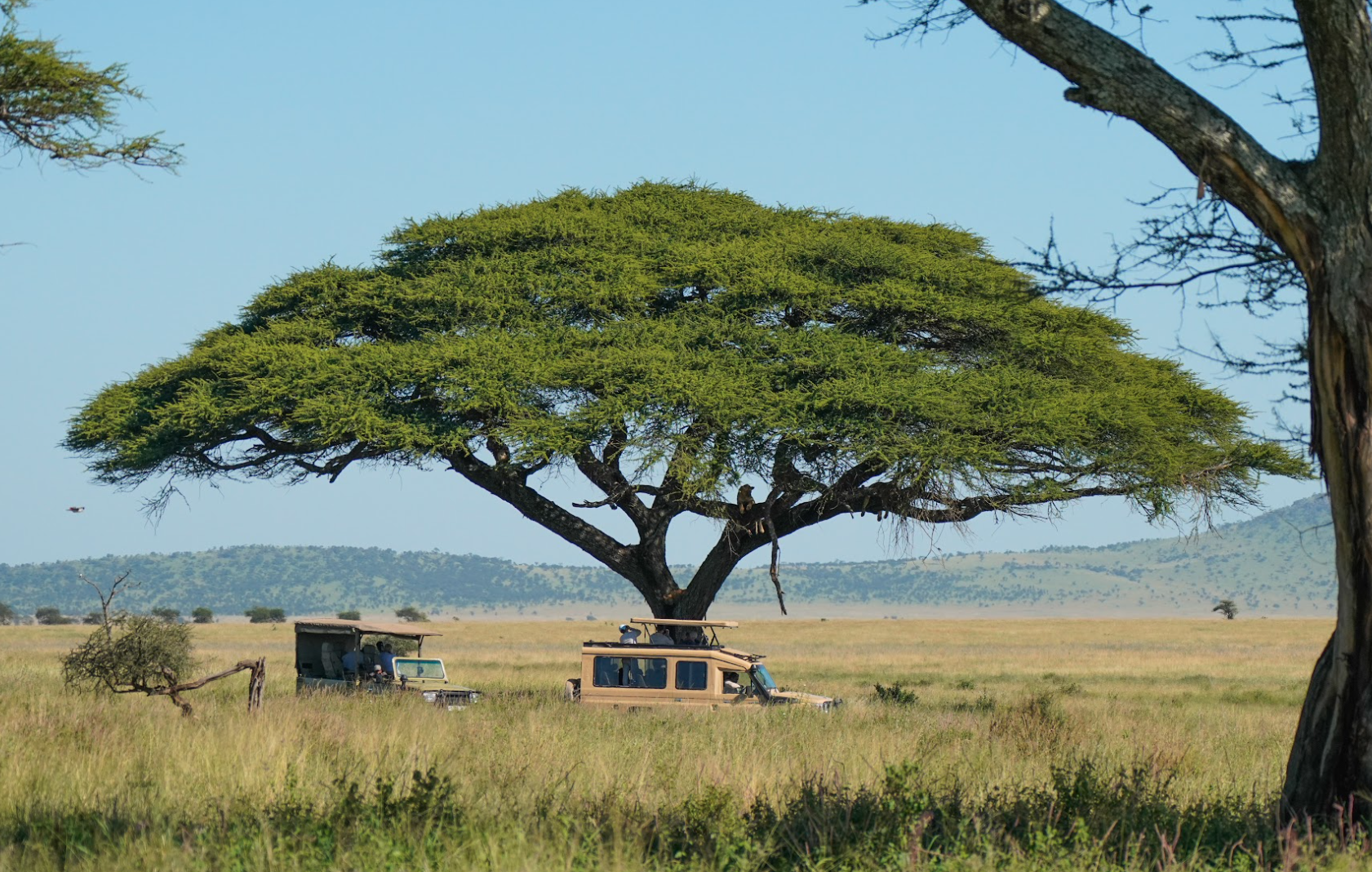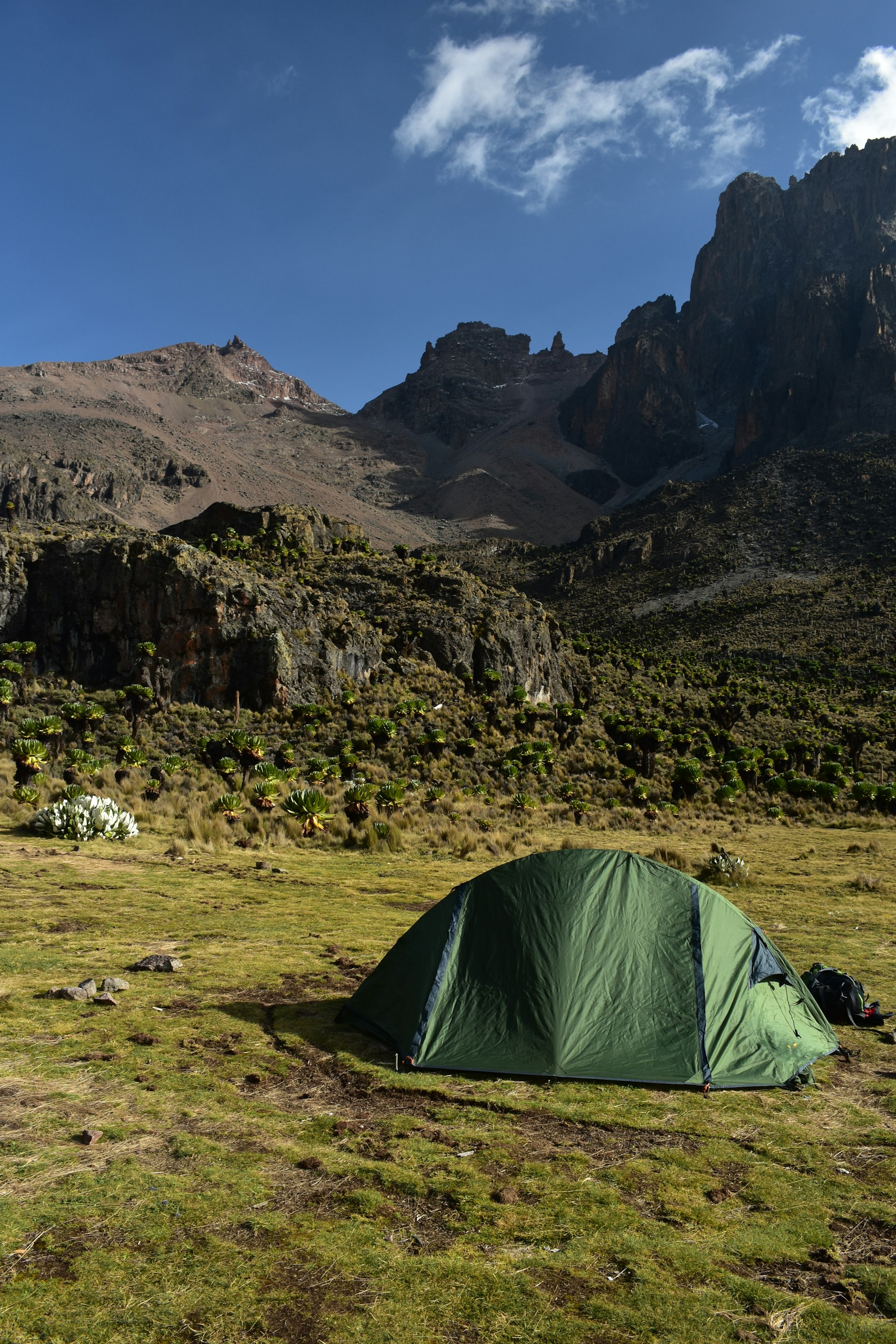
National Park
Mount Kenya National Park
Majestic peaks and diverse ecosystems around Africa's second highest mountain.
Kenya
Location
715 km²
Geographic Size
Year-round
Best Time to Visit
National Park
Mount Kenya National Park
Majestic peaks and diverse ecosystems around Africa's second highest mountain.
Kenya
Location
715 km²
Geographic Size
Year-round
Best Time to Visit
About Mount Kenya National Park
Mount Kenya National Park, a UNESCO World Heritage site, is centered around Mount Kenya, Africa's second highest peak, standing at 5,199 meters. This park is not just a mountaineering paradise but also a sanctuary for diverse wildlife and unique montane and alpine ecosystems. The mountain's slopes are covered in forest, transitioning to moorland, r...
When to go
Excellent
Good
Fair
Jan
Feb
Mar
Apr
May
Jun
Jul
Aug
Sep
Oct
Nov
Dec
Seasons
Loading...
What to do
Wildlife
The park's unique altitude gradient supports diverse habitats, from dense forest to alpine meadows, hosting a variety of wildlife including rare and endemic species.
Where to stay
Hotels & Lodges
What to know
Safety & Vaccinations
While generally safe, visitors to Mount Kenya National Park should prepare for high-altitude trekking and potential wildlife encounters. Vaccinations for Yellow Fever, Hepatitis A, and Typhoid, as well as malaria prophylaxis, are recommended for travelers to Kenya.
For more information regarding vaccinations and health notices, view the CDC’s page :

CDC Travelers' Health
CDC Travel health notices and vaccination recommendations
Getting There
The park is accessible by road from Nairobi, roughly a 3 to 4-hour drive. The nearest towns are Nanyuki and Naromoru, which serve as common starting points for treks.
For more information regarding vaccinations and health notices, view the CDC’s page :

CDC Travelers' Health
CDC Travel health notices and vaccination recommendations
Not Specified
Following the implementation of Kenya's Electronic Travel Authorisation (eTA) system, most visitors must obtain an eTA prior to travel, streamlining the entry process and facilitating access to the country's natural wonders.
For more information regarding vaccinations and health notices, view the CDC’s page :

CDC Travelers' Health
CDC Travel health notices and vaccination recommendations
Getting Around
Exploration within the park is primarily by 4x4 or on foot through various trekking and climbing routes. Porters and guides are available to assist with navigation and carrying supplies.
For more information regarding vaccinations and health notices, view the CDC’s page :

CDC Travelers' Health
CDC Travel health notices and vaccination recommendations
Blog
Chat with an expert



Our team of professionals are waiting to answer your questions and help plan your dream safari.


